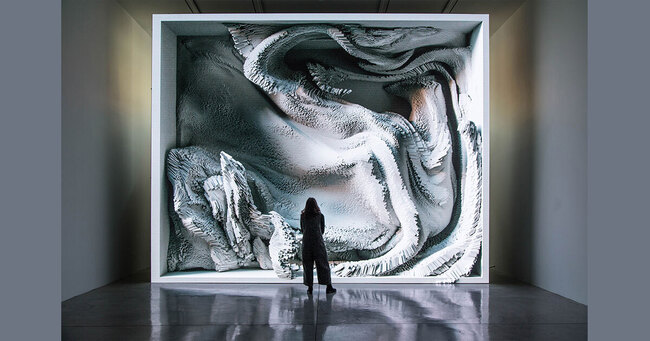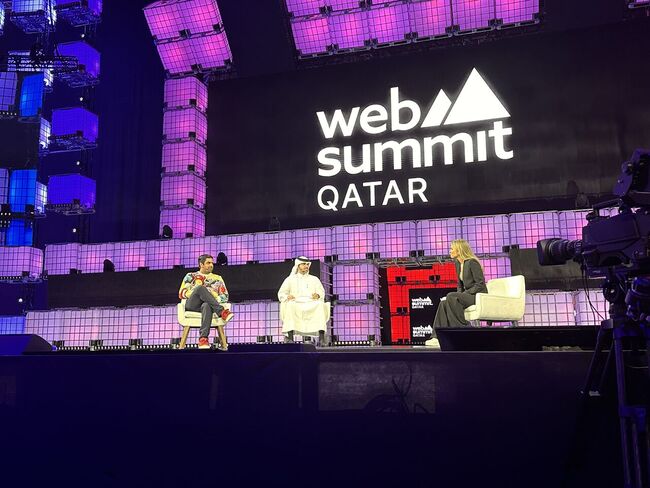In a rapidly evolving digital landscape, Duncan Wardle’s perspective on creativity in the age of Artificial Intelligence (AI) is more relevant than ever. As a former Disney executive renowned for his innovative approach, creativity speaker Duncan Wardle emphasizes the crucial interplay between human creativity and AI. He argues that in a world increasingly reliant on technology, the unique creative capacities of the human mind remain indispensable.
Cultivating Creative Skills alongside AI
Contrary to the belief that creativity is an innate talent, Wardle insists it’s a skill that can be nurtured and developed. He suggests incorporating techniques like ‘Design Thinking’ and ‘Creative Sprints’ into daily practices. These methods encourage breaking conventional patterns and embracing innovative thinking, highlighting creativity’s role in complementing AI’s analytical prowess.
AI speaker Duncan Wardle explores how AI and human creativity can form a powerful alliance. While AI excels at processing data and identifying patterns, it lacks the nuance and empathy of human creativity. Wardle proposes leveraging AI as a tool to enhance and extend human creativity, leading to more innovative and effective solutions across various fields.
Creative Problem-Solving in the Modern World
In today’s complex world, where traditional approaches often fall short, Wardle’s strategies for creative problem-solving become increasingly vital. He emphasizes the need for creativity in developing solutions that are not only effective but also sustainable and ethically sound. This approach is crucial in industries where innovation is key to advancement.
Future Skills: Preparing for an AI-Enhanced World
Wardle advocates for a significant shift in educational and professional training paradigms, emphasizing the need to develop creative skills alongside technical proficiency in AI. This dual focus prepares future generations for a landscape where AI is omnipresent, ensuring they are equipped not only to use AI effectively but also to drive innovation through creative thinking.
The application of creativity in the age of AI extends beyond typical creative sectors like art and design. Wardle highlights its importance in industries such as healthcare, where creative approaches combined with AI can lead to groundbreaking advancements in patient care and treatment. Similarly, in environmental science, creative thinking is essential for devising innovative strategies to tackle climate change, with AI providing critical data and analysis to inform these efforts.
Global Perspective on Creativity and AI
The interplay between creativity and AI is not confined to any single region; it’s a global phenomenon. Wardle’s insights point to various international initiatives where this fusion is actively encouraged, highlighting the universal value of creativity in the digital age. From AI-assisted artistic projects in Europe to tech-driven social innovation in Asia, these examples showcase the diverse applications of creativity in enhancing AI’s impact.
In conclusion, Duncan Wardle’s insights remind us of the enduring value of human creativity in an age dominated by AI. His advocacy for fostering creativity as a skill and embracing it alongside technological advancements offers a roadmap for individuals and organizations aiming to thrive in this new era. As we move forward, the balance between technology and creativity will be paramount in driving progress and innovation.







